|
Balenciaga: Shaping Fashion Victoria and Albert Museum London Open 27 May 2017 – 18 February 2018 The latest blockbuster fashion exhibition recently opened at the V&A and features the work of celebrated couturier Christóbal Balenciaga. The exhibition focuses mainly on his work in the 1950s and ‘60s and his influence on contemporary fashion and designers. The V&A holds an extensive collection of garments, hats and associated papers from this period and this collection makes up much of the exhibition with other notable loans from around the world as well as work of designers who worked with or were inspired by him. It is not simply an insight into the designer and his garments but gives you the context of how his couture business worked – in his salon in Paris, his sister company Eisa in Spain and how his designs were licenced to high-end department stores around the world. His links with embroidery ateliers, fabric manufacturers and his place in the Golden Age of Couture have their place in the exhibition. Balenciaga was revered in time by his clients, other designers and the press. Described by Christian Dior, “Haute Couture is like an orchestra whose conductor is Balenciaga”, he opened his first fashion house in San Sebastien in 1917 and so this centenary year (and the 80th anniversary of the opening of his fashion house on Rue George V in Paris) provides perfect timing to look more closely at his work. In having been introduced to fashion by his seamstress mother and apprenticed to a tailor aged twelve, Balenciaga became skilled in all aspects of making clothes and understanding fabric. This informed his insistence of creating a perfect fit around the neck, shoulders and sleeves which would then create a framework for tailoring a client’s measurements to a finished garment. Having this solid foundation meant that his innovations in shape, playing with the idea of concealing and revealing and introducing an ‘easy line’ (looser fitting clothes, stand-away collar and three-quarter length sleeves) would not be to the detriment of meticulous tailoring. It is this aspect of his work that is most prevalent in the exhibition. Many of the pieces on show demonstrate experimentation with form, shape and construction whilst still maintaining a perfectly constructed and tailored shape. Couture garments that have the Avant Garde aesthetic are in abundance; the Envelope Dress is a great example of something that looks fabulous if totally impractical for wearing for any length of time. The emerald evening dress and cape from 1951 demonstrated how clever manipulation of fabric with bold shapes could create a sophisticated and unique look whilst still being unlike anything in fashion you could find at the time. To be so ahead the game at the time of Dior’s ‘New Look’ typified why Balenciaga is still revered today. Abstractions of the body that signify deviations from the norm will always provide a striking silhouette when coupled with the perfect fit. Some of the other notable pieces show an exploration of shape and form through the pattern cutting. This is demonstrated perfectly by the Tulip Dress. This particular piece brings us to another highlight of the exhibition in how the V&A presents this aspect of Balenciaga’s design. The Tulip Dress is one of the garments that students of the London College of Fashion took the pattern from the original garment, digitised the pieces and animated into a video. Several of these accompany particular dresses and show how a flat piece of fabric can be brought to life (and in Balenciaga’s case, with very few seams) and show the shape being created. These videos are fascinating for anyone wanting to see how the designer can visualise the coming together of a garment from what is, to the untrained eye, odd-shaped pattern pieces. The beauty of seeing the flat patterns come alive before your eyes is worth several viewings. Animations of this type were used at the Charles James: Beyond Fashion exhibition in 2014 at the Metropolitan Museum of Art and for fashion and design exhibitions, it is one of the most exciting ways of bringing an exhibition to life. Recently, the V&A adopted this in Opus Anglicanum (see review here) and it was fantastic. Also part of the exhibition is the work of x-ray artist Nick Veasey who has created a series of images from the original pieces which are displayed as ‘skeletons’ alongside the finished pieces. This is particularly fascinating knowing that many of the garments are too delicate for the kind of exploration into construction that would be required to find out some of the detail that these x-rays reveal. You can see where dress weights are precisely placed to allow the fabric to hang correctly or how carefully bodices are boned. You get to see the attention to detail in pieces where the fit is relaxed and these photos give another dimension to the display of the pieces and further reinforces the reason why Balenciaga’s designs were so prized. There are some exquisite couture gowns on display, particularly those of wealthy and famous clients such as Ava Gardner, Elizabeth Parke Firestone and Gloria Guiness. Haute Couture embroidery by Lesage, decorations done by Paco Rabanne and the use of ostrich feathers in embellishments really highlight the luxury and craftmanship of these pieces. Being able to see embroidery samples next to finished pieces was a great way to see how embroidery design can be developed into a complete garment. Once Balenciaga closed his salon in 1968, the world of couture was shifting and this is reflected in the section that deals with his legacy. The modern pieces of other designers who worked with Balenciaga, were or continue to be inspired by him are exquisite but they are mostly ‘ready to wear’ and produced in greater numbers to reflect market conditions. The garments on display are exciting in their approach and take some of the biggest names in fashion. From the beautiful embroidery and beading of Yves Saint Laurent, Oscar de la Renta and Hubert Givenchy to Paco Rabanne's Evening Mini-Dress (below) which was made with metal wire and plastic pailettes using jewellery making techniques rather than stitching. Modern times come with designers such as Issey Miyake’s exquisite pleated dresses, Phoebe Philo’s pared back look to the more Avant Garde looks of Hussain Chalayan’s laser cut tulle dress or Josep Font’s wonderful simply sculpted jacket. They reflect the excitement of fashion today and how the designers will always push the boundaries of convention and experimentation. Each piece is drawn back to the influence of Balenciaga and you can assimilate how important his style and approach to couture and design were. This exhibition has so much to offer. If you are interested in couture, construction of garments, attention to detail, experimentation and innovation of style and how all that fitted into the changes in fashion in the mid-Twentieth Century then you have it all there. If you are interested in contemporary fashion you can get a glimpse of how designers use the past to push forward and how the great designers of the Twentieth Century still have so much to teach. Balenciaga: Shaping Fashion is also accompanied by a publication by the V&A which you can read my review of here.
6 Comments
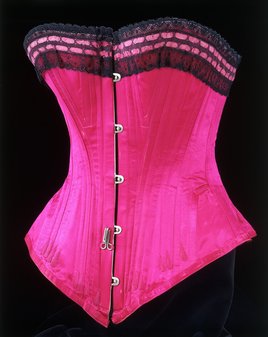 Undressed: A Brief History of Underwear Victoria & Albert Museum, London Ended 12 March 2017 The exhibition at the V&A looks at the place of underwear in society (both behind closed doors and out in the open) from the Eighteenth Century to the present day. This is a wonderful exhibition that studies this item of clothing in terms of its many roles and functions in private and public life, social and political spheres and from simple to high-end fashion.  It is presented in a very even way, refusing to give in to temptation and poke fun at easy targets (the Y-front, string pants and bloomers) but presents every piece respectfully on an equal footing, informing the visitor of its importance within the exhibition’s remit. As a result, you avoid any sensationalism and view the exhibition as informative with the occasional humorous observation. Grouped into themes, such as Volume, Lingerie & Hosiery Support and Transformation, a lot is packed into each area. There are the mechanics of underwear, which covers historical pieces of crinolines, stays and even collapsible bustles through to ‘waist-trimmers’ and ‘butt-lifters’ which seem to be the modern-day equivalent of structured underwear. 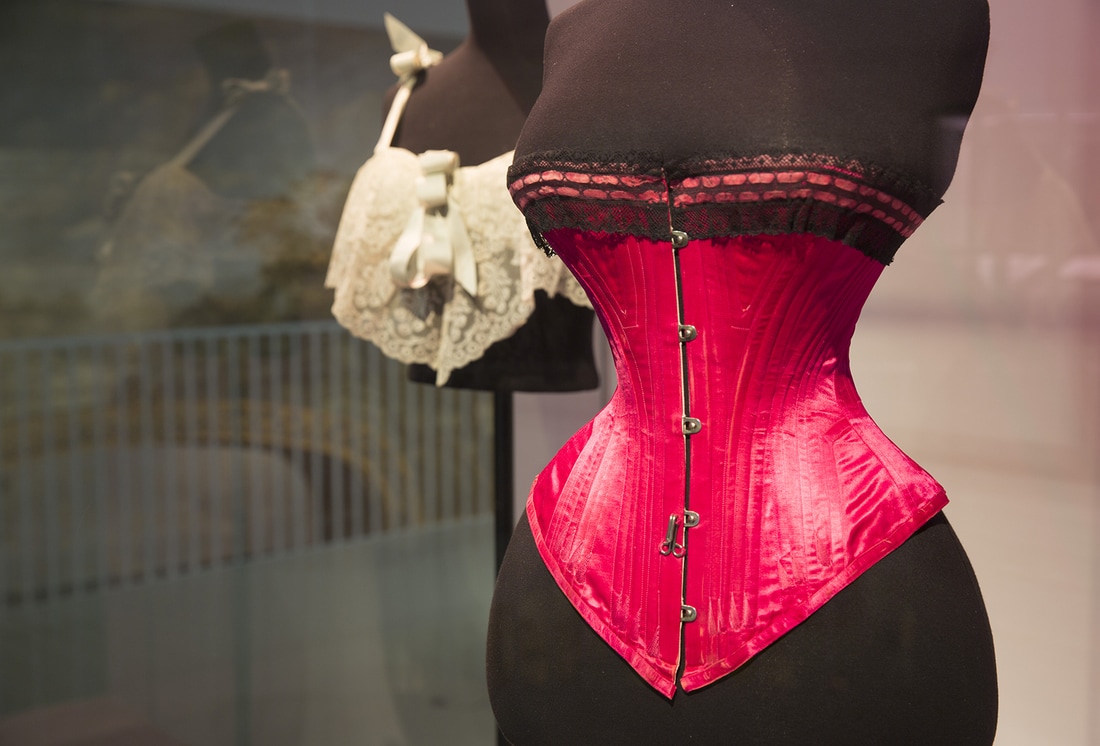 Corsets straddle many different areas of the exhibition and reappear from start to finish, proving its enduring appeal. Whether labelled as an instrument of torture (from the x-rays of corseted ribs), a symbol of the male oppression of women or a fashion tool from the s-bend corsets of the early Twentieth Century to the stunningly beautiful outerwear reclaimed by women today, the variety and workmanship of corsetry cannot be ignored. Especially when examples of them, such as Dita von Teese’s Mr Pearl corset, studded with crystals (see picture earlier in review) and with a tiny eighteen inch waist can vie for attention with the Alexandra McQueen gown a few places down from it and is lauded as the star of the show. Wonderful shapes are created using the influence of underwear fabrics, line and concepts. This becomes particularly apparent in the section of the exhibition that is upstairs, where things become a lot more colourful. It deals mainly with the progression of underwear and nightwear being developed fashionably as outerwear. From crystal-studded bras and thongs by La Perla (designed to be worn and seen), a Paul Poiret flowing dress worn by his wife (he eschewed the idea of corsets), some amazing black velvet Dinner Pyjamas made by Baroque (what’s not to like?) to the lingerie-inspired fairytale dress by Elie Saab in lace and chiffon and worn on the red carpet, these pieces are part of a larger dialogue taking place about the evolution of underwear into contemporary thinking about what fashion is. 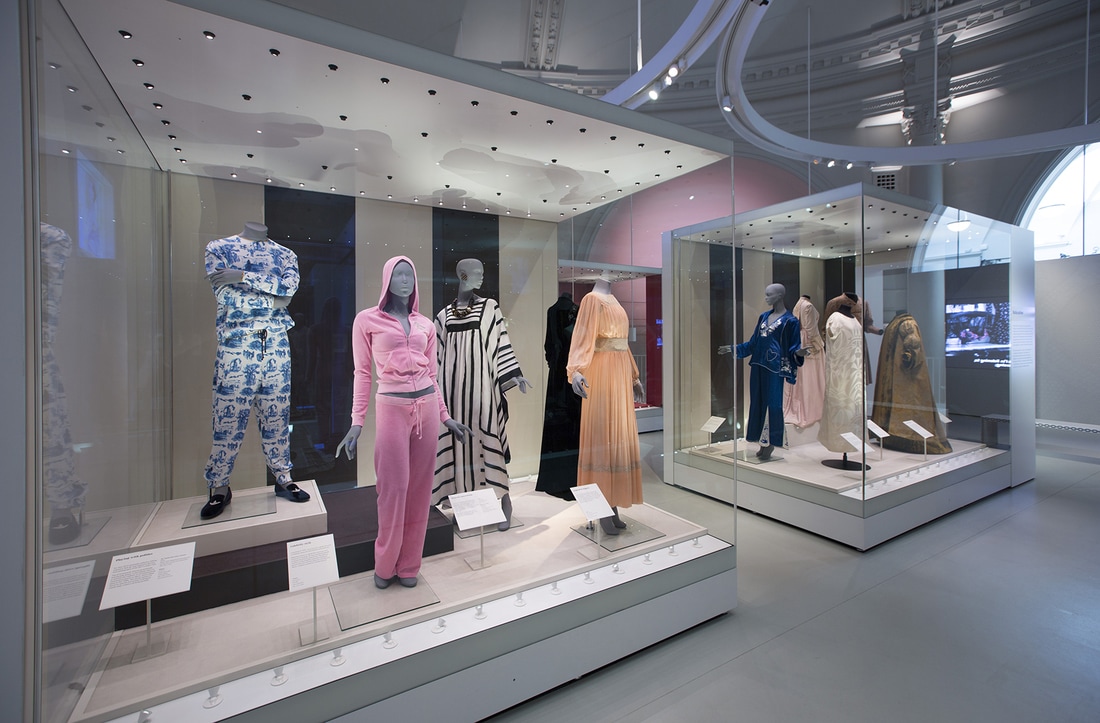 Even some of the more outlandish pieces, such as a latex rubber ensemble by House of Harlot was juxtaposed with the delicate and cheeky ‘Knickers and Sleeves’ by Strumpet & Pink on one side and the beautifully-shaped Agent Provocateur (who co-sponsored the exhibition alongside Revlon) ‘Tamila’ set on the other and allowed the visitor to see each piece within the context of each themed section. This exhibition cannot be labelled as one thing or another because underwear has taken on many guises through its journey over time. Worn for health, hygiene, protection, fashion and social comment, you have on display beautiful embroidery, delicate fabrics, cheeky ideas, formidable structuring or letting it all hang loose. It comes under the umbrella of ‘underwear’ but this exhibition shows that it is as limitless as fashion itself and constantly evolving as tastes and needs change. Most interesting about it is the inclusion of contemporary pieces, taking this subject matter right up to the present moment whilst at the same time highlighting the importance of maternity wear, mastectomy bras and Juicy Couture tracksuits to their place in history. This is fascinating stuff and not to be missed. Don’t forget to wear your Days of the Week pants when you go (they are a museum piece…). All photos © Victoria and Albert Museum, London |
Proudly powered by Weebly
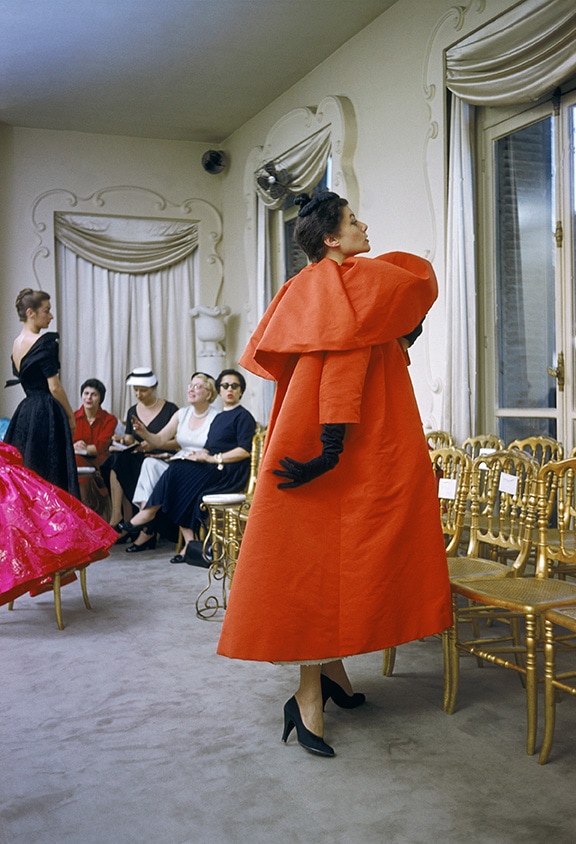
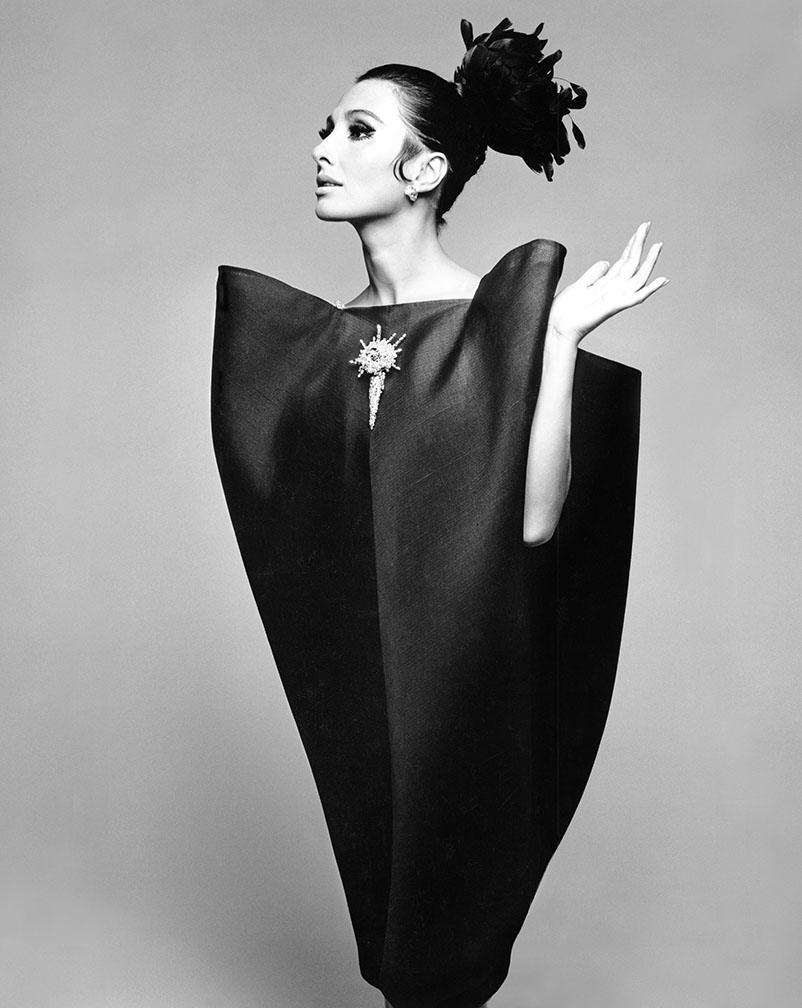
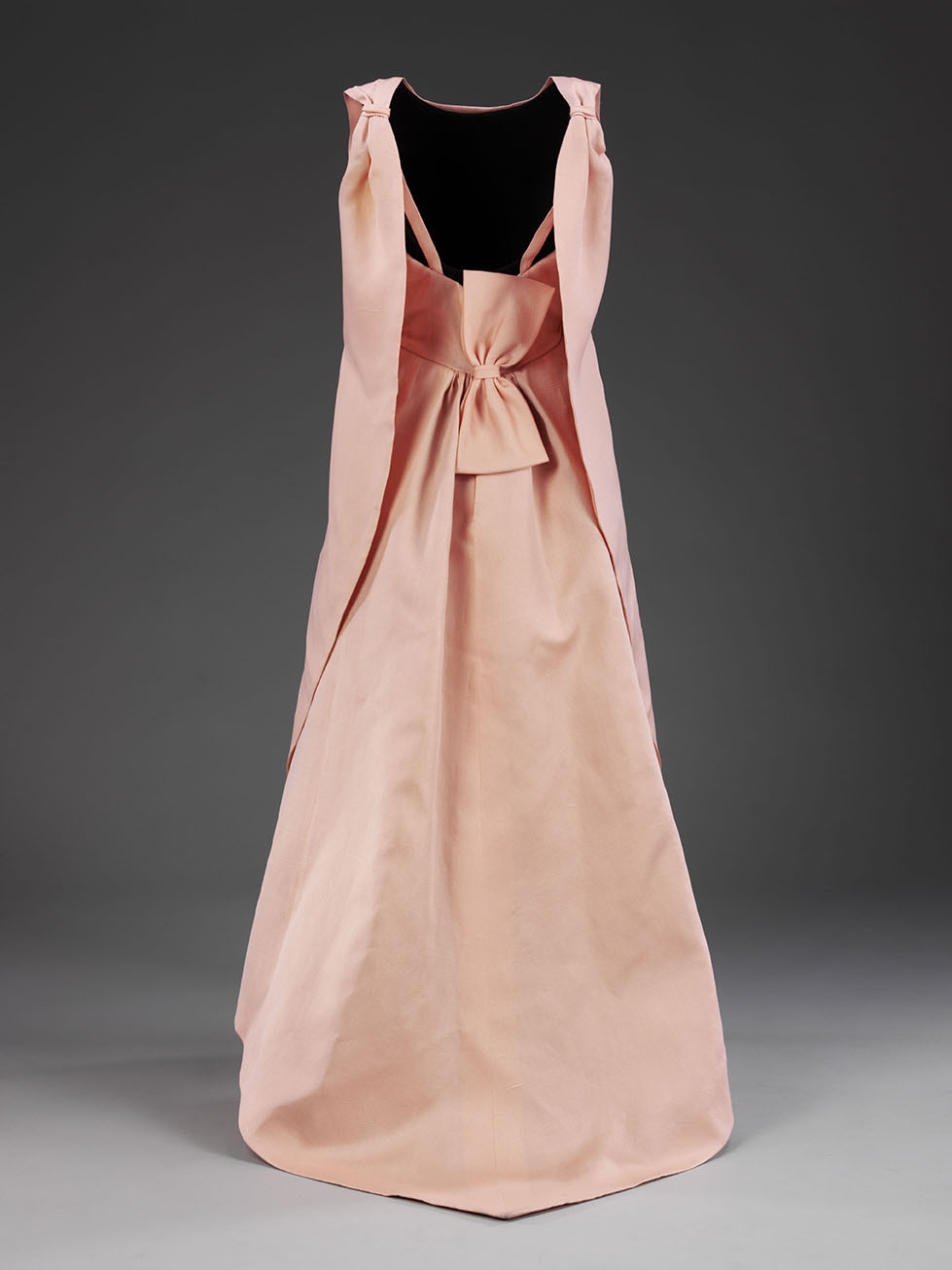
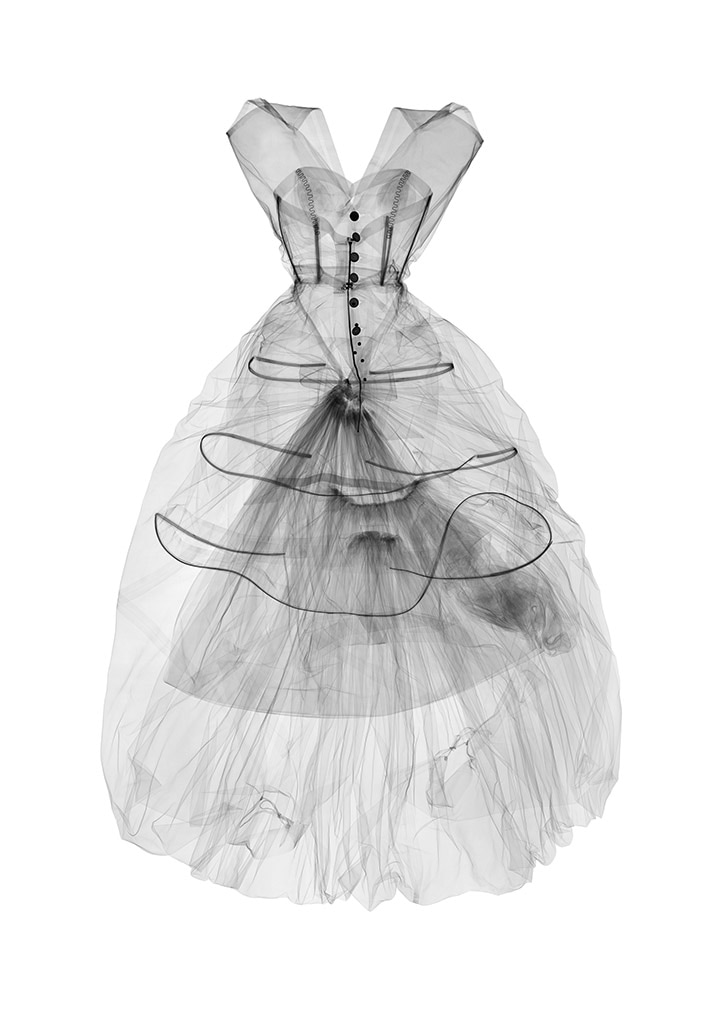
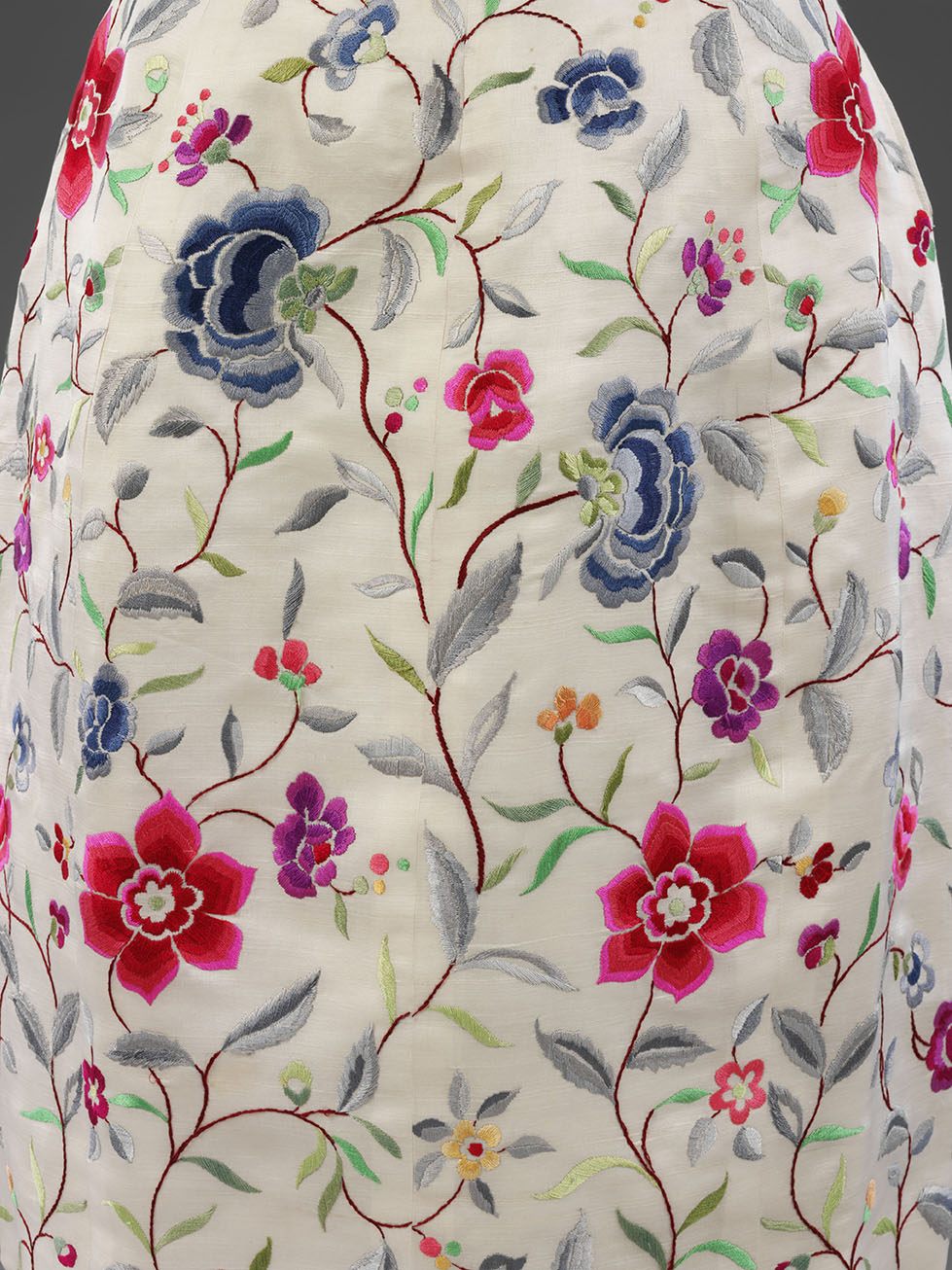
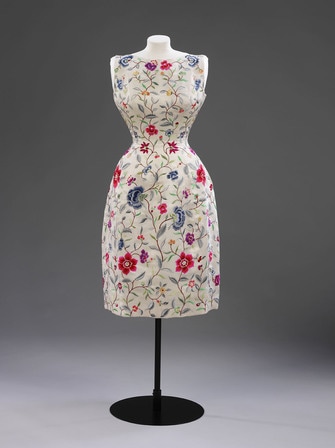
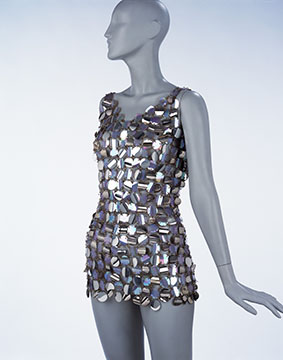
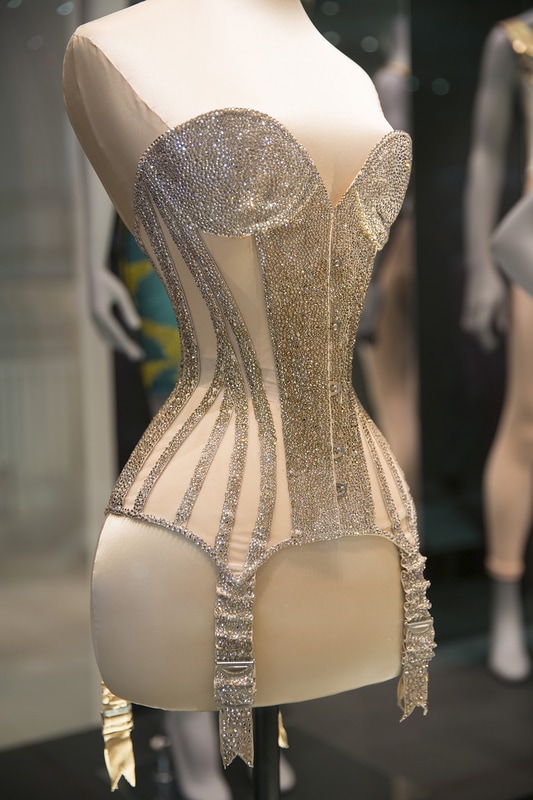
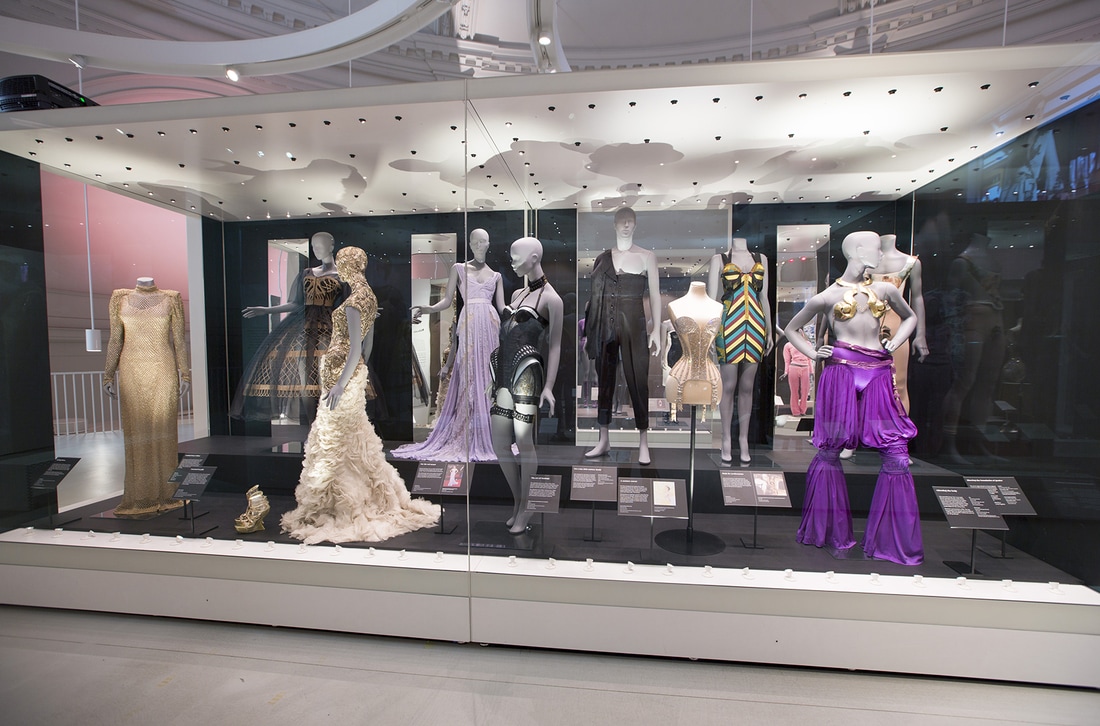
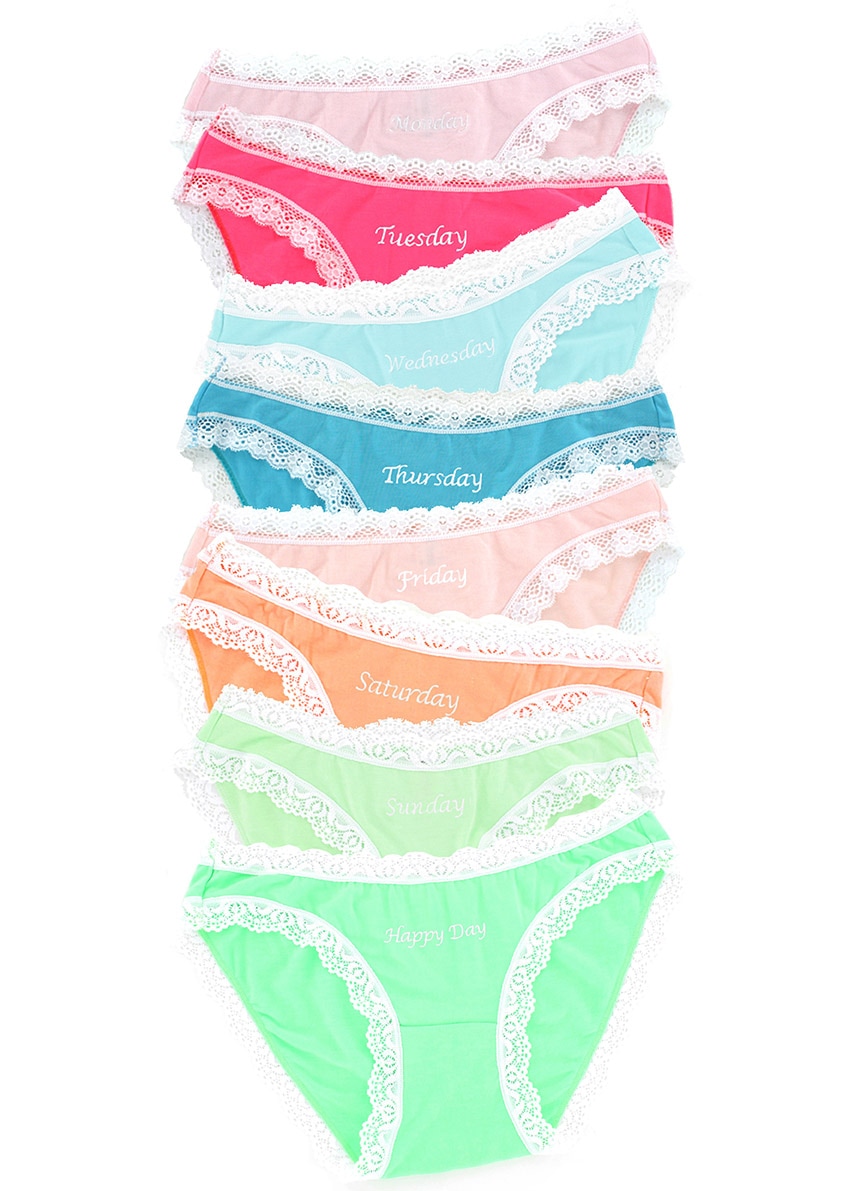
 RSS Feed
RSS Feed